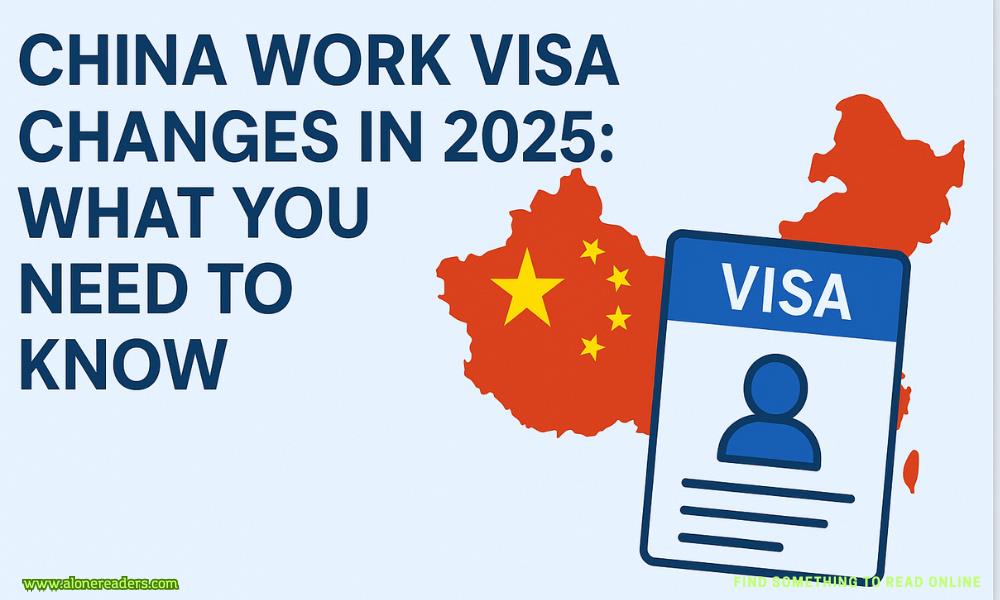
As of 2025, China has introduced several significant reforms to its work visa policies, aimed at tightening compliance, promoting local talent development, and facilitating high-skilled immigration. These changes affect both foreign professionals and the companies that hire them. Here's a deep, structured breakdown of what has changed, how it impacts different regions, and how applicants and employers can adapt.
Core Purpose and Workflow
The Z visa remains the primary route for foreign nationals to legally work in China. The workflow still requires applicants to secure a job offer, obtain a Notification Letter of Foreigner’s Work Permit, apply for a Z visa from abroad, and then convert it to a residence permit within 30 days of entry.
Basic Eligibility Requirements
Digital Application Mandate
All work visa applications must now be processed through a centralized digital platform. Paper submissions have been phased out. This change speeds up administrative processing and reduces manual errors but requires applicants to be more meticulous in document preparation, as no in-person clarifications are allowed during submission.
More Rigid Sponsorship Scrutiny
Companies now face stricter scrutiny when sponsoring foreign workers. They must provide:
Authorities have begun random post-approval audits to verify actual employment and job duties.
Refined Points-Based Classification
China continues to classify foreign workers into three categories (A, B, C), based on a 60-point scoring system. In 2025:
More weight is now placed on Chinese language skills, STEM qualifications, and past China-based employment history.
China's 2025 policy rollout includes city-specific interpretations of visa rules. These adjustments reflect regional development goals and talent needs.
Shenzhen
Hangzhou
Nanjing
Applicants changing job categories — such as from education to finance — must re-submit full documentation, including new criminal record checks and medical exams, even if their visa is still valid.
Dalian
A key reform in 2025 involves easing the transition for foreign graduates.
Direct In-Country Conversion
Graduates from Chinese universities can now:
This streamlines the hiring pipeline and allows employers to recruit top graduates before they leave China.
China has introduced a post-employment stay extension to support professional transitions.
Key features:
This new rule adds flexibility and prevents the risk of overstaying due to sudden job loss or contract expiry.
China is gradually encouraging foreign experts and investors to settle longer-term.
Permanent Residence (Green Card)
Although difficult to obtain, the 2025 reforms include clearer guidelines and application routes for:
Benefits of Permanent Residence:
In a diplomatic gesture, China extended a 30-day visa-free stay to Australian passport holders for tourism, business, or family visits. However, this does not include work or employment-related activities. Australians still need to apply for the Z visa to work legally.
Internal HR Preparation
Onboarding and Exit Process
Double-check eligibility before applying
Many Z visa rejections stem from incorrect documentation or poor alignment between degree and job duties
Learn basic Mandarin
Language skills now influence visa scoring and integration into the local workplace
Plan ahead
Begin the visa application process at least 2–3 months in advance, especially during peak hiring seasons (June–August)
China’s 2025 work visa reforms reflect a strong push toward skilled immigration, localized employment, and procedural efficiency. With more digitization and region-specific policies in place, both foreign professionals and hiring companies must adapt quickly to stay compliant. For those prepared, the new system offers smoother pathways and more strategic opportunities to work and thrive in China.